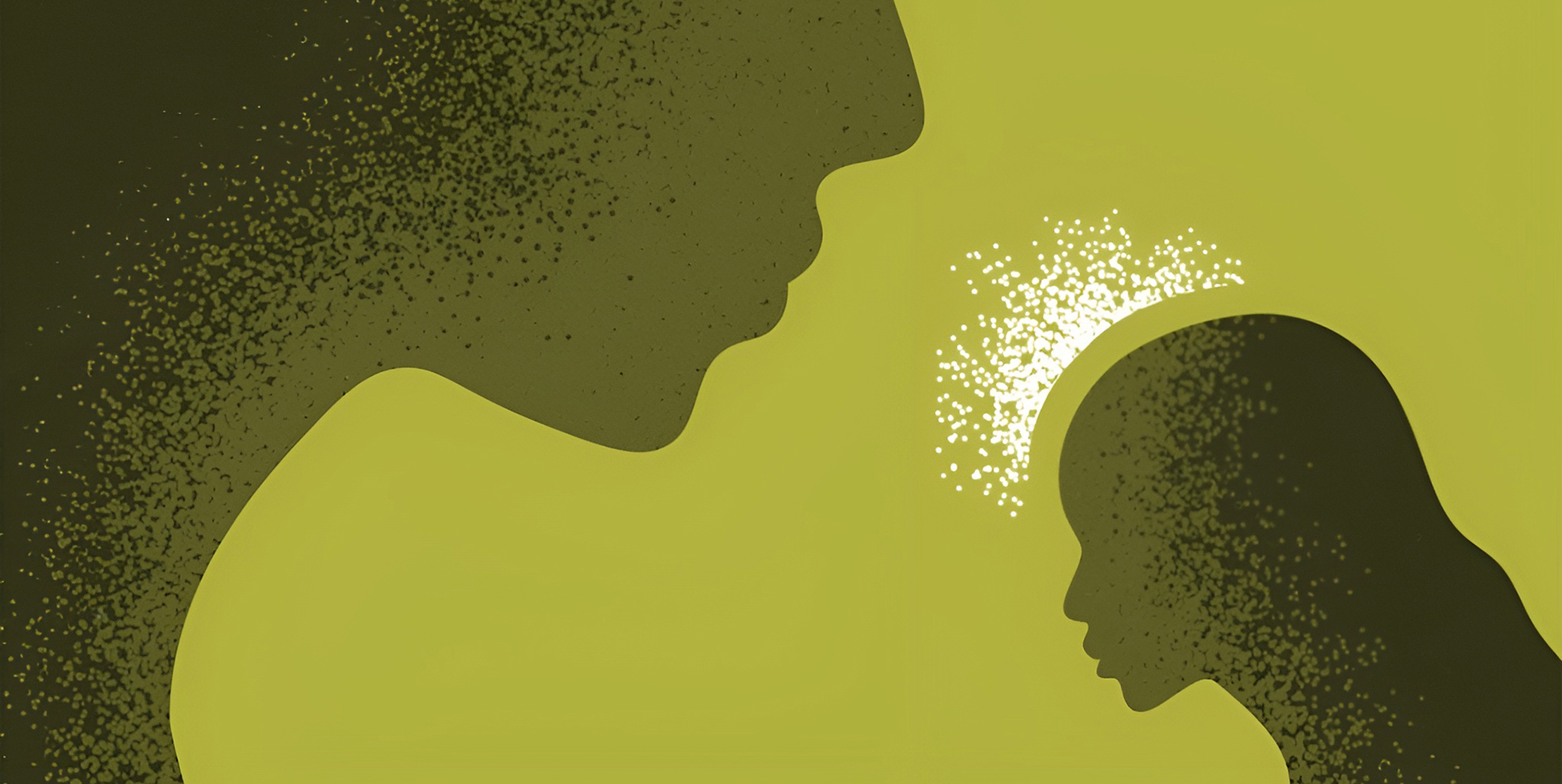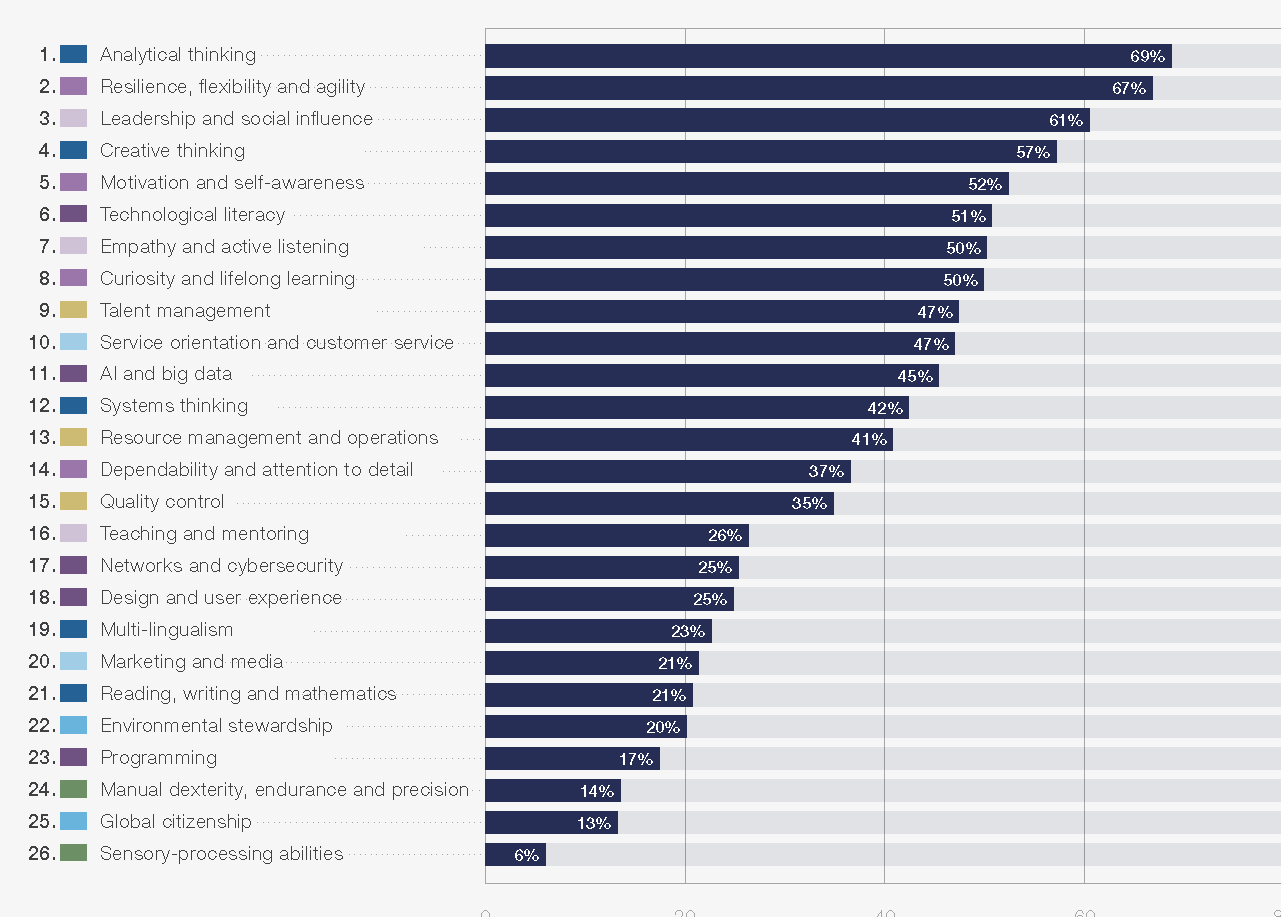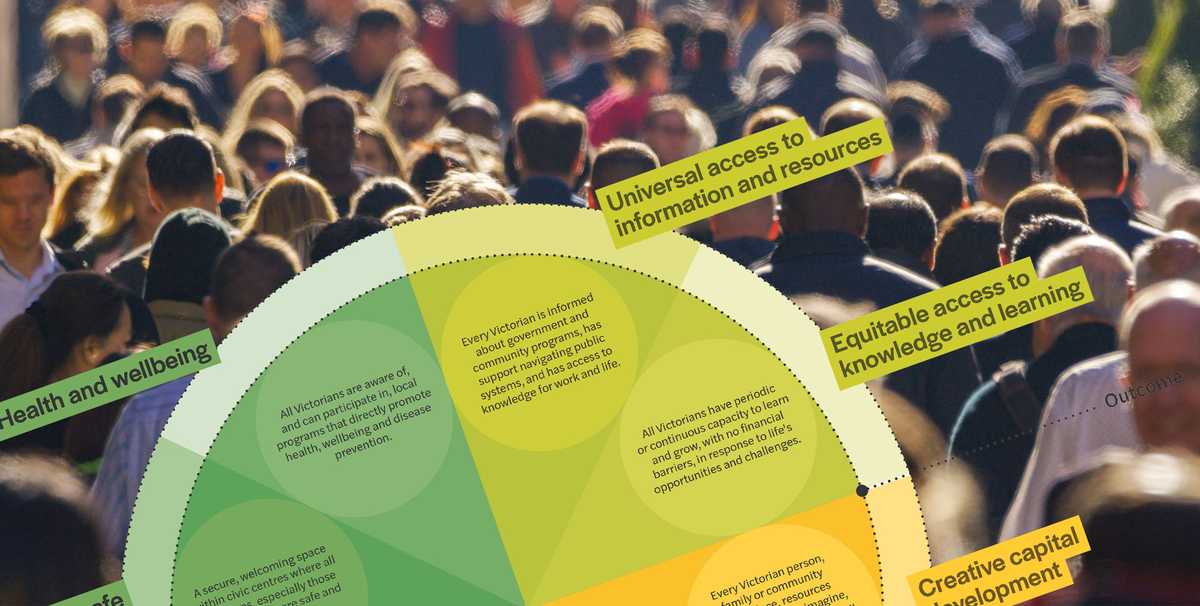
Everyone’s talking about the future of work.
But what about the future potential of human beings?
The WEF Future of Jobs Report 2025 is one of our favourite annual reads.
This year it provided evidence that business leaders (from 1,000 leading global employers, collectively representing more than 14 million workers across 22 industry clusters) know what to recruit for in an AI-enabled world.
Firstly, employers expect 39% of workers’ core skills to change by 2030. That’s in the next five years.
It begs the question of how institutional education, with 3–6 year university degrees and TAFE courses, and course curricula heavy with historical practice, will pivot. Yes, universities teach critical thinking, but it’s a slow, slow grind.
As a side note, it is interesting how the jobs that AI can’t replace are those that, as a society, we once did not value as much as many ‘white collar’ professions. Think tradespeople, teachers and nurses. Jobs which demand consistent, reactive, problem solving throughout a work day.
So, with that in mind, to remain relevant, productive and effective, what capabilities and skills do workers need? The report authors state:
“As in the two previous editions of this report, analytical thinking remains the top core skill for employers, with seven out of 10 companies considering it as essential. This is followed by resilience, flexibility and agility, along with leadership and social influence, underscoring the critical role of adaptability and collaboration alongside cognitive skills. Creative thinking and motivation and self-awareness rank fourth and fifth, respectively.
This combination of cognitive, self-efficacy and interpersonal skills within the top five emphasizes the importance ascribed by respondents to having an agile, innovative and collaborative workforce, where both problem-solving abilities and personal resilience are critical for success.”

Let’s summarise. Workers need to…
- Have empathy, and the skills to interpret what they are seeing and hearing, and interpret as well as respond to the reactions to their actions (AI will be impassive when things go wrong; the boss will look for a human).
- Understand the context of the problem to ask the right questions. You can’t teach or code experience (yet).
- Know when and how to robustly challenge the recommendations or directions of AI. Humans are inherently unpredictable, but empathy and intuition enable us to ‘read the room’. Learn and apply decision-making science and behavioural science.
- Apply human experience of social contexts such as workplaces and communities. Connect identity with creativity. Address belonging and other motivation factors.
Creativity got us to where we are. From carving bones to nanochips. That evolution was based on problem solving using the most powerful, adaptive organic computer.
Our future is harnessing human empathy, imagination, curiosity, and analytical thinking.
So, while managers rush to get workforces trained on AI use (or avoid AI by edict – the experience of many government employees right now), they must invest in developing the creative, problem-solving capabilities of people, and the creative capacity of teams.

